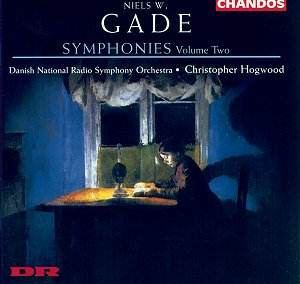 Review of Frank Martin: Piano Works
Review of Frank Martin: Piano Works
Composer: Frank Martin (1890-1974)
Works: Ballade for piano and orchestra (1939) [16:53]; Piano Concerto No. 1 (1933-34) [20:41]; Piano Concerto No. 2 (1968) [22:25]; Danse de la Peur (1937) [13:17]
Performers: Paul Badura-Skoda (piano); Sebastian Benda (piano, Danse only)
Orchestra: Orchestra della Svizzera Italiana / Christian Benda
Recording: RSI Auditorium, Lugano, Switzerland, 22-26 June 1999
Label: Chandos DCA 1082
Duration: 73:59
Release Date: November 2001
Frank Martin’s oeuvre is a compelling fusion of the traditional and the avant-garde, characterized by a hard-won individuality that rewards attentive listening. This collection, featuring the complete works for piano and orchestra, elucidates Martin’s evolution as a composer and offers a valuable glimpse into the stylistic shifts that mark his career.
The Ballade for piano and orchestra, composed in 1939, stands out for its hesitant bluesy indeterminacy, contrasting sharply with the high-octane propulsion reminiscent of Ravel’s G minor concerto. Paul Badura-Skoda’s interpretation is marked by a precision that reveals the piece’s intricate emotional landscape. His articulation is both delicate and commanding, particularly in the tension-filled dialogue between piano and orchestra. The stark rhythmic buzz that emerges in the final moments suggests a kinship with Shostakovich, echoing his propensity for gaudy, frenetic energy. The recording itself is notably crisp, allowing the nuanced orchestration to shine—a testament to the engineering prowess of the Chandos label.
Martin’s First Piano Concerto presents a more aggressive virtuosity, akin to a Prokofiev filtered through a twelve-tone lens. The Allegro molto finale is a phantasmagorical call to arms, executed with a galloping fervor that encapsulates Martin’s penchant for rhythmic complexity. The Largo section, with its lyrical cor anglais, introduces a haunting depth, a momentary lull that contrasts with the freneticism surrounding it. This work is effectively a showcase for Badura-Skoda’s technical prowess and interpretative insight; he navigates the demanding passages with a fluidity that is both exhilarating and contemplative.
The Second Piano Concerto, written thirty-five years later for Badura-Skoda himself, reveals Martin’s stylistic maturation. It is a hybrid work, oscillating between symphonic and concerto forms. The intricate interplay of piano and orchestra is particularly noteworthy, with the saxophone’s ruffian suaveness in the finale adding an unexpected layer of texture. The Lento movement, with its scalar writing, recalls the introspective qualities of Koppel and Bentzon, yet Martin’s voice remains distinctively his own.
The Danse de la Peur is a vivid exploration of fear and tension, drawing upon twelve-tone techniques while remaining deeply tonal. The sepia-toned palette of the orchestration evokes a sense of nostalgia and urgency, reminiscent of de Falla’s Nights in the Gardens of Spain. Here, Sebastian Benda’s contribution to the duo-piano setting is particularly effective; the interplay between the two pianists adds an engaging layer of dialogue that enhances the work’s dramatic narrative.
Historically, Martin’s music occupies a unique niche. He was not a revolutionary in the same sense as some of his contemporaries, yet his contributions are marked by a sincere substance and a refusal to conform to prevailing trends. The works presented in this collection reflect a composer who grappled with contemporary influences while forging a personal aesthetic that is both reflective and forward-looking.
In conclusion, this release is a significant addition to the recorded canon of Frank Martin’s music, presenting a cohesive survey of his concertante works. The performances by Badura-Skoda and Benda, coupled with the meticulous orchestral support from the Orchestra della Svizzera Italiana under Christian Benda, create an engaging listening experience that will appeal not only to devotees of Martin but to anyone interested in the rich tapestry of 20th-century classical music. The engineering quality and clarity of sound further enhance the listener’s experience, making this collection a definitive resource for understanding Martin’s impactful yet often underappreciated contributions to the piano repertoire.



